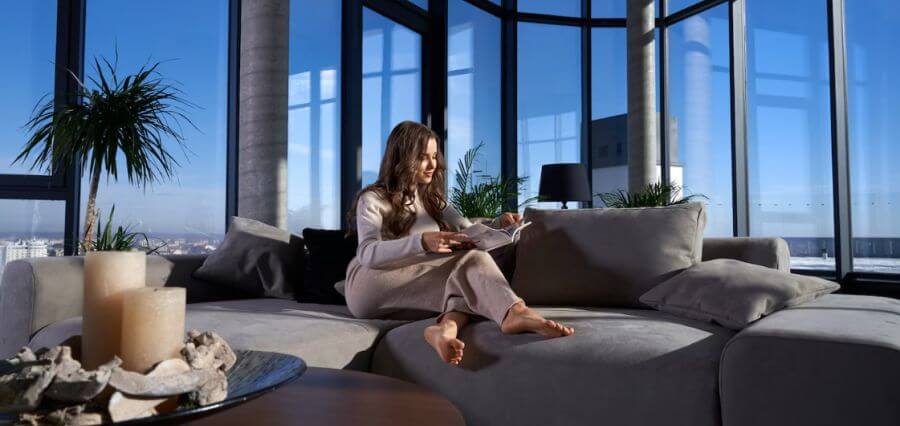Slip and Fall Accidents Can Be Deadly
There is no doubt about it, slip and falls can be deadly, and they claim thousands of lives yearly. According to case information from Nicoletti Walker, personal injury attorney, approximately 30% of all slip and fall incidents result in moderate or serious injuries, ranging from fractures to brain damage, or worse, with about 19,000 deaths per year due to falling.
Types Of Injuries Frequently Seen In Slip And Falls
The injuries sustained in a slip and fall can vary widely and can include soft tissue injuries, bone or joint injuries, and injuries to the head or spine. While some of these are able to heal and fully recover in just a few days to a week, some may require years of rehabilitation, multiple surgeries, and permanent medical accommodations.
Common Causes Of Slip And Fall Accidents
The leading cause of slip and falls accidents, whether at the workplace or elsewhere, is negligence. In the workplace, this can often look like negligence in maintaining the building, walkways and keeping up on urgent janitorial needs like cleaning up any fluids or spills that may present a danger.
Effective Reduction And Prevention Of Slip And Falls
There are many ways in which slips and falls can be avoided in the modern workplace, and many of them actually begin with the design of the building during construction. There are also many potential hazards in the building as well that all have a strategy for mitigating any damage from them.
Design The building To Have Active Anti-Slip And Fall Architecture
There are a variety of ways that builders and designers can make their buildings safer. Thee can include:
- Designing stairwells with sufficient lighting and adequate handrails
- Incorporating non-slip flooring features into the entrances for everyone
- Marking or eliminating abrupt changes in height or elevation
- Textured flooring options in areas likely to host wet flooring like rain, snow, etc.
Keep Walkways Clean And Clear
Minimizing hazards in walkways and on other walking surfaces is vital to reducing the risk of slip and falls in the workplace. Keeping walkways free of obstructions prevent the risk of someone tripping and falling or slipping over something that hasn’t been cleaned.
Tidy Your Cords
This is a big one, particularly in business environments that are becoming more and more reliant on extensive and powerful computer systems. This is leading many workplaces to have an increased risk of tripping and falling over electrical and computer cords. Routing these through the ceiling or under the carpet is best but not always applicable.
Routing these cords close to walls and keeping them bundled can create a cleaner appearance and improve safety by an incredible amount. If cords and cables cannot be kept along walls, bundle them and make sure they are secured, marked, and preferably covered with a threshold or similar cover.
Make Sure Spills Are Taken Care Of Quickly
If there are any spills that happen, no matter what the substance is, ensure that it is cleaned up immediately. Substances like oils or grease can create a more hazardous situation if not cleaned up quickly and completely.
Ensure That Processes Are Designed To Be Help Foster Safety
If your workplace handles machinery, make sure there are processes around maintenance areas, oil, fluid discharge, and so on. If there are surfaces where slippery or hazardous materials are handled, make sure they have adequate lips or edges to contain spills. Be sure that tasks dealing with potentially hazardous materials do not have to travel far with those materials.


















